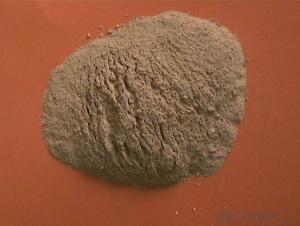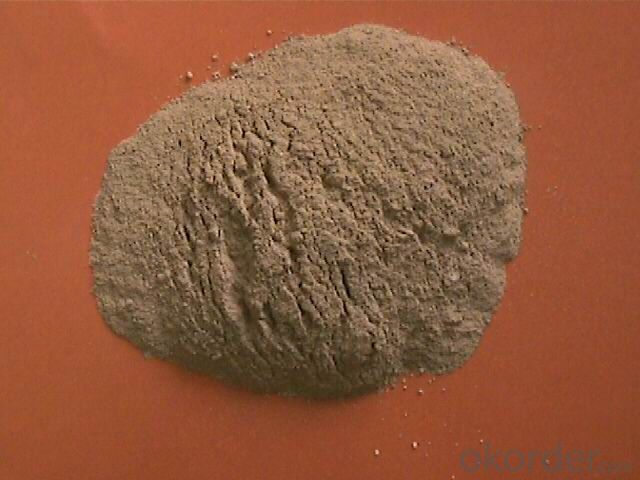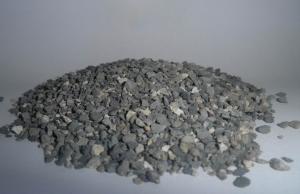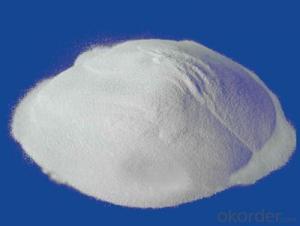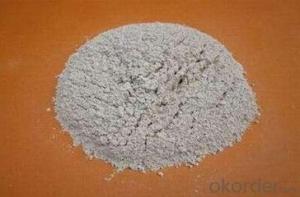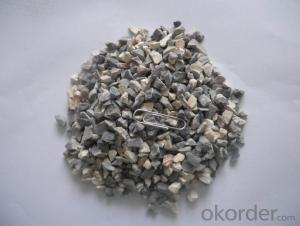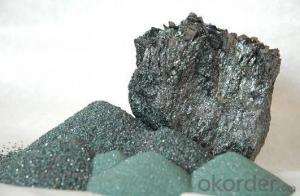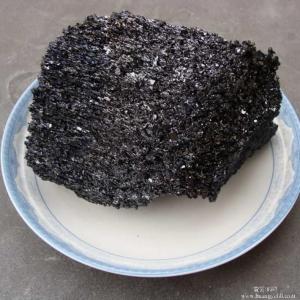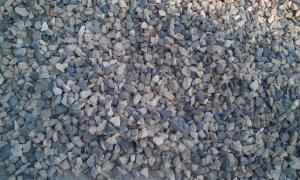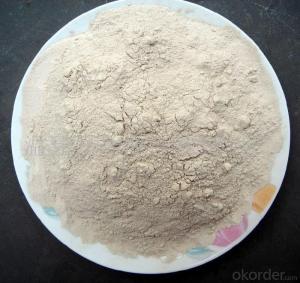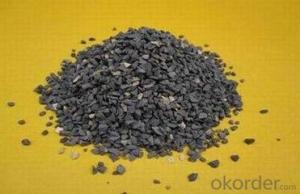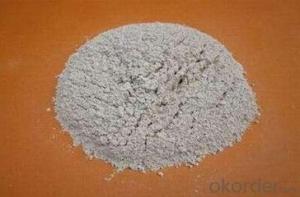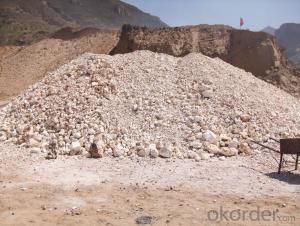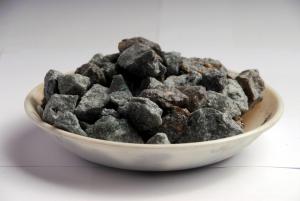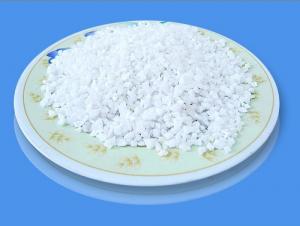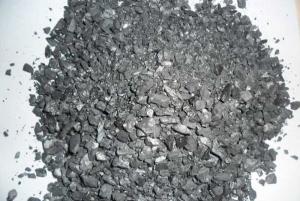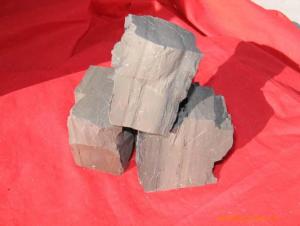Raw Materials for Refractory:China Calcined Bauxite Made in China
- Loading Port:
- China main port
- Payment Terms:
- TT OR LC
- Min Order Qty:
- 25 m.t.
- Supply Capability:
- 2000 m.t./month
OKorder Service Pledge
OKorder Financial Service
You Might Also Like
Packaging & Delivery
| Packaging Details: | 1mt big bag |
| Delivery Detail: | 7days for ready goods |
China Calcined bauxite
Product Description
Bauxite (aluminous soil; Bauxite) is also called the alumina or bauxite, main ingredients are alumina,
hydrated alumina containing impurities, is an earthy mineral. White or gray, brown and yellow or light red by iron.
From 4 to 3.9 g/cm3 density, hardness, 1 ~ 3 is not transparent, very brittle. Very difficult to melt.
Insoluble in water, soluble in sulfuric acid, sodium hydroxide solution. Mainly used for aluminium, refractory material.
Specifications
Grade | AL2O3 | FE2O3 | TIO2 | K2O+Na2O | CaO+MgO | Bulk density |
75 | 75min | ≤3.0 | ≤4.0 | ≤0.3 | ≤0.5 | ≥2.70 |
80 | 80min | ≤3.0 | ≤4.0 | ≤0.3 | ≤0.5 | ≥2.80 |
85 | 85min | ≤2 | ≤4.0 | ≤0.3 | ≤0.5 | ≥3.00 |
86 | 86min | ≤2 | ≤4.0 | ≤0.3 | ≤0.5 | ≥3.10 |
87 | 87min | ≤2 | ≤4.0 | ≤0.3 | ≤0.5 | ≥3.20 |
88 | 88min | ≤1.8 | ≤4.0 | ≤0.25 | ≤0.5 | ≥3.25 |
90 | 90min | ≤1.8 | ≤4.0 | ≤0.25 | ≤0.5 |
Usage
(1) aluminium industry. Used in national defense, aerospace, automotive, electronics, chemical industry,
daily necessities, etc.
2 precision casting. Alumina clinker made after the mould precision casting processed into fine powder.
Used in military industry, aerospace, communications, instrumentation, machinery and medical equipment department.
(3) is used for refractory products. High bauxite clinker refractoriness is as high as 1780, chemical stability strong,
and good physical properties.
(4) aluminum silicate refractory fiber. With light weight, high temperature resistance, good thermal stability,
low thermal conductivity, heat capacity is small and the advantages of resistance to mechanical shock.
Used in iron and steel, nonferrous metallurgy, electronics, petroleum, chemical, aerospace, atomic energy,
defense and other industries.
(5) in magnesia and bauxite clinker as raw materials, add the appropriate binder,
used for pouring ladle whole ladle lining has particularly good effects.
(6) manufacture alumina cement, abrasive materials,
ceramic industry and chemical industry can be aluminum of various compounds
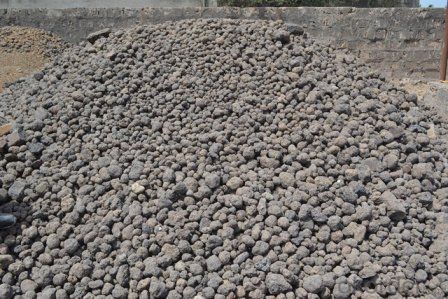
- Q: What are some of the new refractories and what are their characteristics?
- Refractory common AZS refractories are often used brick, corundum brick, magnesia chrome brick, silicon carbide, silicon nitride bonded silicon carbide, nitrides, silicides, sulfide, boride, carbide and other non oxide refractory materials; calcium oxide, chromium oxide, aluminum oxide, beryllium oxide and other refractory materials, Magnesium Oxide
- Q: How to distinguish the construction fire-proof material rating?
- Currently the national standards divide building materials as follows: A1, A2, B, C, D, E, F. External wall thermal insulation fire?rating can be basically divided into: A1, A2, B1, B2, B3 and other levels. Class A is non-combustible, class B1 flame retardant, class B2 combustible, class B3 flammable. Combustion performance grades of building materials and products are divided into class A1, A2, B, C, D, E, F. And grading of flooring materials and pipeline thermal insulation materials is also stipulated separately, whose combustion performance grade is distinguished by the subscript fl and L respectively. ie. Combustion performance grades for ordinary building materials and products are A1, A2, B, C, D, E, F; combustion performance grades for paving material are Alfl, A2fl, Bfl, Cfl, Dfl, Efl, Ffl; combustion performance grades for pipeline thermal insulation material are A1L, A2L, BL, CL, DL, EL, FL.
- Q: How much is the content of boron carbide in refractory material?
- Is it available to iron materials?. Answer: It can be applied to all products, what you need is just a general proportion. Nevertheless, you’d better tell me what product it is exactly.
- Q: What refractories are accessible with ease in daily life?
- Basically there have all materials. But it depends on your needs.
- Q: For refractory knowledge. What is the ratio of clay ramming?mass?
- Soil aggregates, dispersing agent, water reducing agent, plasticizer, binding agent and powder! ~ Bone meal feed approximately 6, OK
- Q: How to determine the fire resistance rating of the aluminium-plastic?panel?
- The fire resistance rating of the aluminium-plastic?panel is determined by two indicators, namely national compulsory standard of GB8624 "Building Materials Combustion Performance Grading Method ", and GB/T17748 "Aluminium-plastic?Composite Panel National Standard" . Classifications of combustion performance of building materials in our country are as follows: A class: Incombustible building materials; B1 class: Flame-retardant building materials; B2 class: combustible building material; B3 class: flammable building materials. The fire resistance rating of the aluminium-plastic composite panel shuld be no less than B1 class. 1. Detection indexes and requirements of fireproof aluminum-plastic composite panel (B1 class): (1) Conduct the test according to GB/T8625-88, the average leftover length of each test specimen should be more than 150mm, (any test piece should have leftover length), and the maximum average flue gas temperature of each test should be no more than 200 ℃; (2) Conduct the test according to GB/T8626-88, flame hight indicators.
- Q: What is the material of fire resistant glass reinforced plastics grating?
- What is the material of fire resistant glass reinforced plastics grating?
- Q: How should fireproof building materials be ranked?
- Division of fire-proof grade of buildings is one of the most basic measures in the fire-fighting technology and measures of buildings. According to our national code of building design, fire-proof grade of buildings are classified into four levels of first, second, third and fourth, of which the first level is the highest in fire resistance and the fourth level is lowest in fire resistance. Fire resistance rating of buildings depends on the combustion performance and fire endurance of the building component. The so-called building component refers to the walls, foundations, beams, pillars, floors, stairs, ceilings, etc.
- Q: What are the fireproofing materials of the external wall included?
- Facades a fireproof material comprises three anti-cloth, fireproof cloth, plastic cloth, PVC tarpaulins, flame retardant cloth, Hair Dryers cloth, automobile tarpaulin, PVC three anti-cloth, the freight yard covered cloth, PVC coated fabric, canvas industry etc., are widely used in automobile canopy cover cloth, trains cover cloth, ships cover cloth, cloth covered open-air yard, industrial and agricultural fields; used in glass, timber, fertilizer plants, steel plants, machinery metal factory, feed mill, grain storage, container plants, oil refineries, packaging plants, paper plants, air conditioning plants, logistics, ore factory, fleet, rail, sea and so hoping to help you
- Q: What are the requirements when producing fireproof materials by kaolin?
- Kaolin refractories in fact play a role in two aspects, one is to improve the refractoriness, the second is to improve plasticity of the the refractory . Aluminum content the higher the better, of course, but kaolin is not the only material to improve the content of aluminum, using materials that contain higher content of aluminum such as the bauxite chamotte. So the content of kaolin aluminum does not have to be too high. over 38% is fine. viscosity is important and strong viscidityis better without having to add bentonite. Refractoriness above 1400 degrees is enough.
Send your message to us
Raw Materials for Refractory:China Calcined Bauxite Made in China
- Loading Port:
- China main port
- Payment Terms:
- TT OR LC
- Min Order Qty:
- 25 m.t.
- Supply Capability:
- 2000 m.t./month
OKorder Service Pledge
OKorder Financial Service
Similar products
Hot products
Hot Searches
Related keywords
